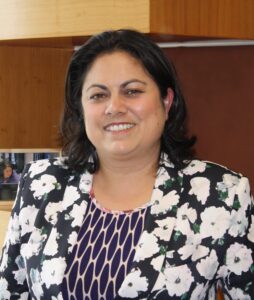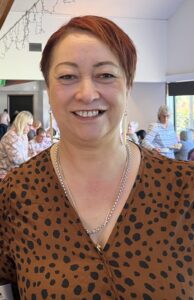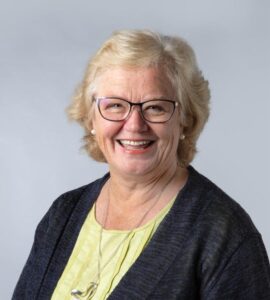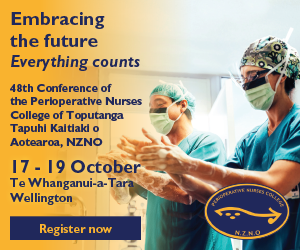The boost in placements will start with 130 extra places next semester, and a further 700 from 2024, Minister of Health Ayesha Verrall said in a statement on Sunday.
“In this year’s July and August intake we’re making it possible for 130 additional students to commence their nursing studies nationwide.”
The clinical placements announcement was the first action from a national health workforce plan, launched by the minister on Tuesday, to address a “confronting” deficit in health care staff. The current deficit of nurses is estimated to be around 4800 nurses.
Nursing student numbers would be lifted by 10 per cent as a result of the announcement, from around 7400 per year, to 8230 from 2024, the minister said.

“This initiative responds to the New Zealand Nurses Organisation’s (NZNO) Maranga Mai! campaign which calls for more people training to be nurses,” Verrall said.
NZNO professional services manager Mairi Lucas said the minister’s announcement of additional nursing student placements was “amazing”, but concerns remained about the capacity of training infrastructure to support the additional students.
“Growing our own is what we’ve been pushing for as part of Maranga Mai! but we’ve got to have the infrastructure in place to do that.”
Lucas said the ability of nurses to provide preceptorship for students, while managing their own busy workloads, had been compromised by the severe staffing shortage.
“Nurses are busy being nurses and to be preceptors on top of that is really difficult for them, it puts a lot of pressure on them.
“We’re seeing a lot of problems come through, because [students] haven’t had the basics, a lot of the basic clinical tasks and knowledge are not there, and it’s not their fault.”
Another concern was around the provision of nursing tuition, Lucas said.

“We know that nursing lecturers are leaving the profession because the pay rates are now much lower than those for nurses on the floor.”
Financial support for students would also be needed, if the high attrition rates of student nurses was to drop, Lucas said.
A report from June 2021 commissioned by district health boards found 29 percent of nursing students enrolled between 2010 and 2017 dropped out.
Kate Reid, University of Canterbury nursing lecturer and advisory committee chair for the Te Pūkenga nursing programme at Ara, in Christchurch, said the announcement appeared to be a “knee jerk” reaction from the Government.
Reid said Ara, which offers the largest undergraduate nursing programme in the South Island, will be accepting a third intake of nursing enrolments from next semester, but she had not been assured clinical placement agreements were in place.
” . . . there’s been no discussions with the district health boards (DHBs) around can they cope with the additional placements, because the answer is no, they can’t.”

Reid has asked for more information from Ara management about what resources will be available to support the increased student numbers, including additional teaching staff, but hadn’t had a response.
“They can’t just up the numbers. They’ve got two intakes at the moment . . . to be told they have to take another one . . . they have no resourcing for that.
“It’s just a directive. It’s a knee-jerk reaction.”
Te Pūkenga academic centre and learning systems deputy chief executive Dr Megan Gibbons said the education provider was consulted by Te Whatu Ora prior to the Minister of Health’s announcement about how many additional nursing student enrolements could be accommodated.
However, Gibbons could not confirm if Te Pūkenga nursing programmes have agreements in place with health providers for additional clinical placements.
“We are working alongside Te Whatu Ora and Te Aka Whai Ora on how best to implement these additional places,” she said.
Despite the issues that still needed to be addressed, Lucas praised the minister for taking action to invest in the nursing workforce.
“This is the first positive piece of news we’ve had for a long time and she’s making a difference.”
Verrall said the boost to training places was a significant investment “and an important step towards creating more opportunities for New Zealanders to become a nurse”.
“It’s something I am absolutely delighted to support.”



